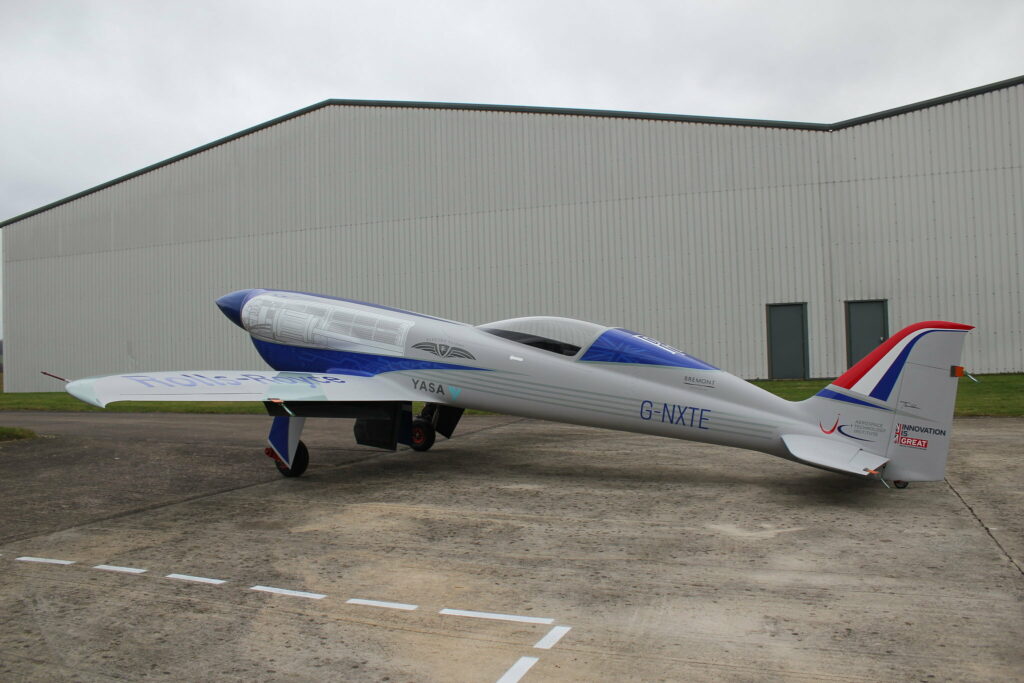You’ve heard of electric cars, but what about planes? Well, Rolls-Royce is working hard to make them a reality — and make them fast.

The company has announced in a blog post that it successfully completed the testing of the technology that will underpin its range of electric airplanes. The testing was part of Rolls-Royce’s ACCEL initiative, which aims to “build the fastest all-electric plane the world has ever seen”.
Battery bird
“Electrification of aerospace to enable sustainable power is going to be a key part [of the future of aircraft]”, a spokesman for the company said in a video showcasing the testing site and rig.
The testing didn’t involve a proper aircraft, but rather a full-scale model of the front part of the ionBird — which is what Rolls-Royce Motor Cars Limited has christened their future plane.
Still, the model included all the bits that needed testing. The electric engine developed around 500 horsepower, requiring 6,000 lithium-ion energy cells to do so. All in all, they store enough energy to fly the plane for around 320 km (~200 miles) at 480 km/h (~300 mph). To put things into perspective, the company explains that is roughly enough power to supply 250 houses, although they do not say for how long.
The engine was developed in partnership with British-based motor manufacturer YASA and aviation start-up Electroflight. Bremont, a luxury watch company, pitched in to design the dashboard and are tasked with timing everything during the testing phases.
The current test aimed to determine the operating parameters of the engine, its real-life capabilities, and how safe it is to use. The team successfully reached its full speed of 2,400 propeller rotations per minute and recorded a wealth of data on various parts of the engine and fuselage. This will be used to tweak the ionBird’s performance, optimize its engine, and develop the procedures that pilots and mechanics will actually follow when the plane hits the market.
For now, Rolls-Royce aims to perform the ionBird’s maiden flight this year, and hold timing trials sometime in early 2021. The proposed design is a single-seater with three axial motors.


